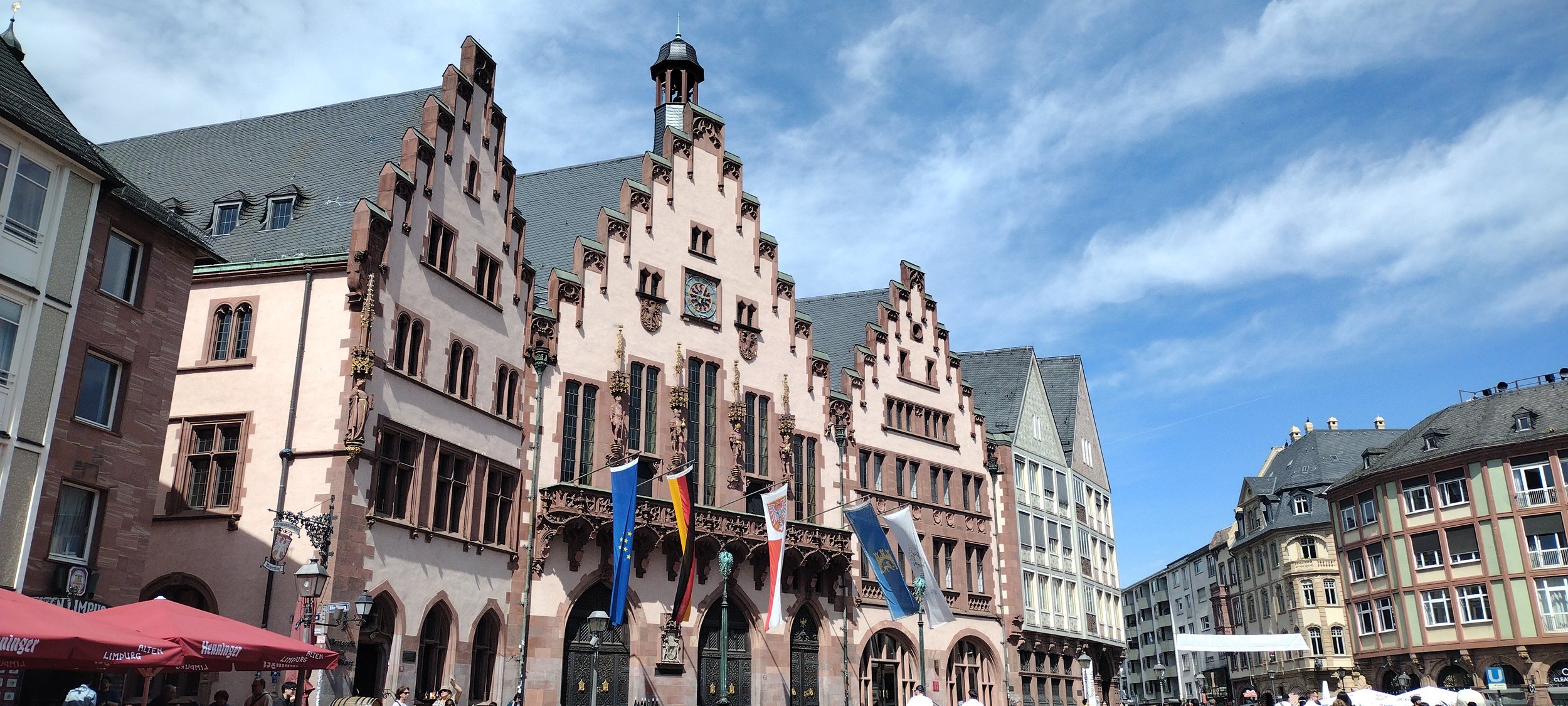Steps away was Kaiser Wilhelm Memorial Church, notable for what was missing rather than what remained. The grand church was built between 1891 and 1895 by Kaiser Wilhelm II, Germany’s ruler during my parents’ growing-up years. He resigned after Germany’s defeat in World War 1, but his church is most notable for the destruction it suffered during World War 2. Its nave was burned and eventually razed, but its spire remained standing. Germans chose to leave the heavily damaged tower as a permanent reminder of the horrors of war. Inside the memorial hall, the stunning curved ceiling mosaic is testimony to its former glory. Even here, the Nazis’ horrific legacy left its mark: Over 40 Christians baptized in the parish were considered Jewish under the Nuremburg Laws; they were deported and murdered. The youngest was 8 years old, the oldest 79.
Read MoreAs we turned the corner of Lindenstrasse, the museum’s disarming modern architecture was unmistakable. The building’s zinc and titanium exterior makes it almost impossible to distinguish one floor from another, while intersecting diagonal lines almost shout conflict and confusion. Surprisingly, we entered through an old baroque building that stands in sharp contrast, a 1735 structure that once served as the Prussian Court of Justice. But the entrance leads down through an underground passageway that evokes a kind of void, the emptiness left when the thriving Jewish community was ripped from the heart of Berlin. American architect Daniel Libeskind was very deliberate about all his choices. The zig-zag structure has many interpretations, but one thing is clear: you are meant to feel unsettled. The floors are tilted, the walls angular.
Read MoreI did not come to Berlin as a typical American tourist, eager to see Checkpoint Charlie or the Brandenburg Gate or even the Holocaust Memorial. Frankly, I regret that I did not have time for many of Berlin’s famed “things to do.” It’s a complex, sprawling city filled with sections and neighborhoods that each have their own identity with layer upon layer of historical importance, a city unknowable in a mere four days.
Read MoreTrue Confessions. Focused as I am on the scourge of Nazism, I hadn’t given much thought to the more recent history of East Germany – until I arrived at the Forum of Contemporary History in Leipzig. Before long, I began to understand the suffering of people living in the so-called German Democratic Republic – and the monumental effort that eventually overthrew this repressive regime.
Read MoreAnd then I looked at a map – a beautiful old map with detailed drawings of Frankfurt residences, stately churches, elaborate gardens, and the Main River winding through its heart. Only then did I see it: the wall built to keep the Jews confined, the narrow lane that had to accommodate every Jewish resident from 1462 to 1811, when the ghetto was formally abolished.
The street, I soon learned, was only nine to twelve feet wide, leaving the community vulnerable to devastating fires. The walls extended for a fifth of a mile, the length of three football fields. In the early years, there were about a dozen structures, housing 100 inhabitants. By the 16th century, there were 195 houses. As the population grew, Jews had to build up, to divide and subdivide their homes into tall, narrow sections that could accommodate nearly 3,000 people. Dwellings were built behind dwellings so there were four rows of houses; upper stories were built over the lane until they almost touched each other. The smallest of homes was less than five feet wide. Jews and Christians could visit the other’s community during the day, as craftsmen and laborers often did, but three gates, locked at night and on Christian holidays, kept Jews in “their place.” For some inexplicable reason, the map made me viscerally understand.
Read MoreI know. Discovering Frankfurt sounds like the title of a tour book. But it was a journey of discovery because my husband, Pat, and I had few pre-conceived notions other than an undercurrent of fear, a feeling that I should not wear my Jewishness on my sleeve. After all, this was the place my parents were forced to flee from the Nazia. But Frankfurt embraced me in ways I did not expect. My preeminent hope was that I would have a chance to meet Tilman Ochs, a local historian who lives outside of Frankfurt in a hill town called Kronberg. Tilman is an octogenarian and retired schoolteacher who volunteered to decipher my grandparents’ old-fashioned handwriting, allowing me to translate dozens of poignant letters from the tumultuous 1940’s.
Read MoreAt the risk of sounding hopelessly naïve, I thought those horrors and stupidities, the outrageous lies and manipulative propaganda aimed at one group or another were relegated to history or, at least, to a shrinking segment of society. And yet, here I am, listening to the Republican presidential candidate blame Jewish voters if he loses. Here I am, scratching my head as white supremacist Neo-Nazi groups cheer on a former US President and his VP pick as they reiterate an old racist fallacy that immigrants eat pets, with real-world consequences for Haitians trying to build a better life. Here I am, watching an engineering genius, justly credited with the success of Tesla and Starlink, promote the “great replacement theory” that there’s an international conspiracy, led by Jews, to overrun white countries with minorities. Really? Really?
Read MoreOne of the biggest surprises of my recent visit to Omaha was the discovery of the Samuel Bak Museum: The Learning Center, a little-known gem with a big mission. Bak is an artist who blends history, symbolism, and personal experience to create layered, thought-provoking paintings. He is also a Holocaust survivor whose haunting memories and unanswered questions inform all of his work.
Read MoreMonday marks the beginning of Pesach – always my favorite Jewish holiday, rich in both tradition and meaning. While an important piece of the Passover story is the Jews’ escape from 430 years of slavery, the celebration is not just about freedom but immigration - much like my family’s escape from the Nazis.
Read MoreOn February 20, 1939, New York City’s Madison Square Garden wasn’t filled with hockey fans or boxing enthusiasts but with members of the German-American Bund – more than 20 thousand of them who gathered to support the Nazi cause. Safely in neutral Belgium, my Jewish father celebrated his 36th birthday while Nazi sympathizers railed against the Jews more than 3600 miles away. To this day, I wonder if he would have been shocked by such sentiments infiltrating the land across the Atlantic – the place he hoped would one day offer refuge.
Read MoreIn The Wake of Madness: My Family’s Escape from the Nazis is now on sale everywhere! Ebooks on Amazon.com. Paperbacks can be ordered at your favorite brick and mortar or online bookseller. Special thanks to my advance readers!
Read MoreHenk Pander’s haunting childhood memories of the Nazis on Dutch soil were the source of a compelling series of paintings that draw you in with their artistry and, then, the recognition of their fiery history. They were painted toward the end of Pander’s life, intended as much to highlight present-day concerns as document the past.
Read More












